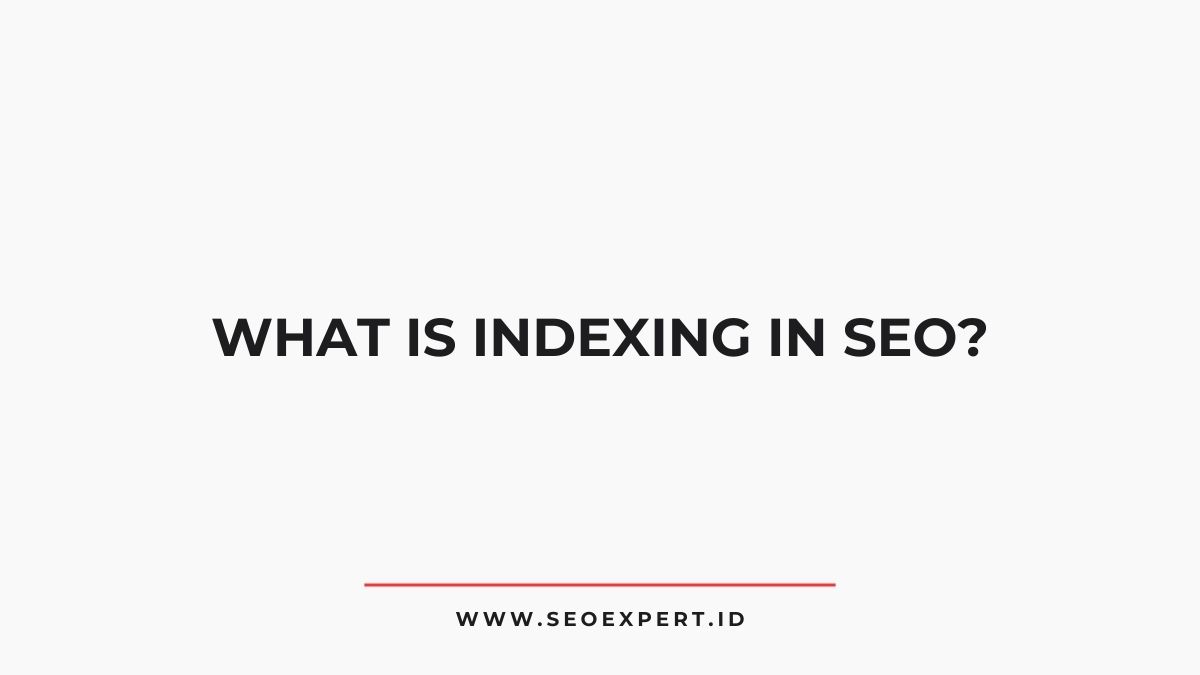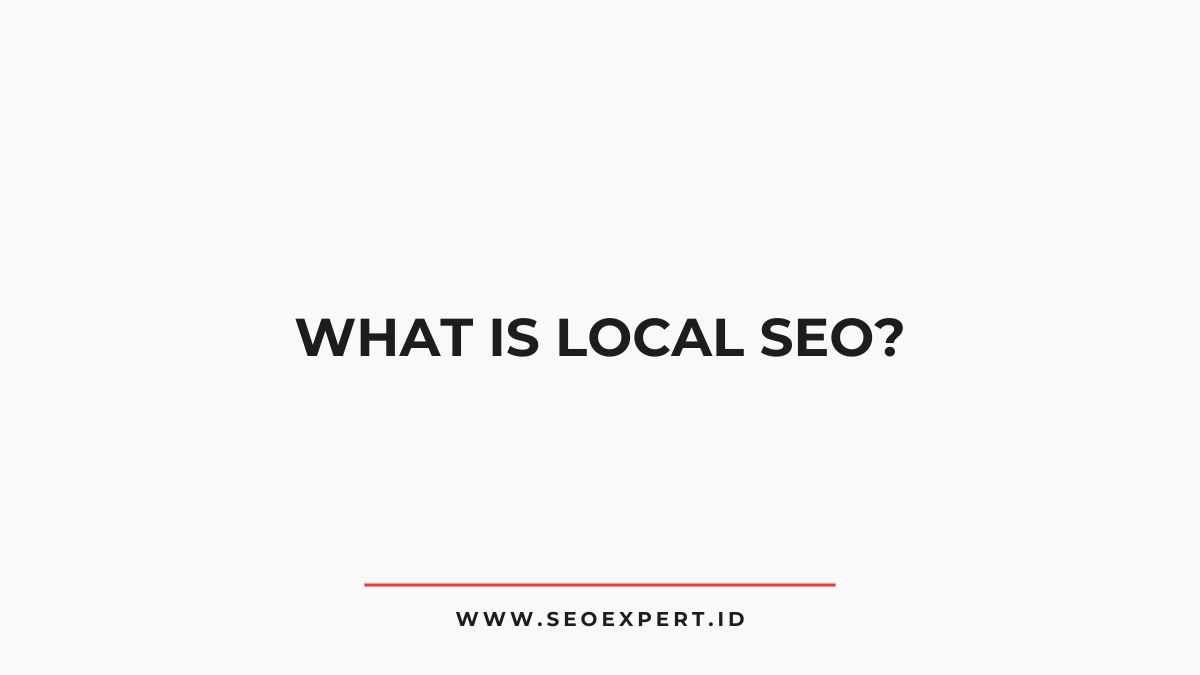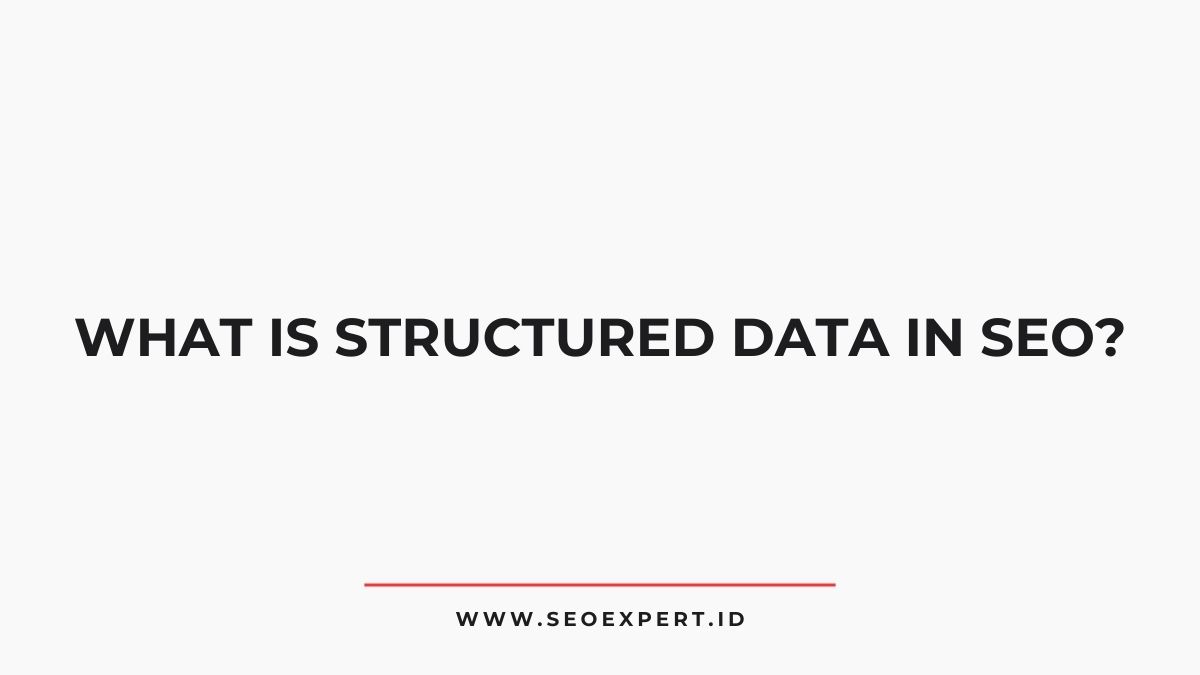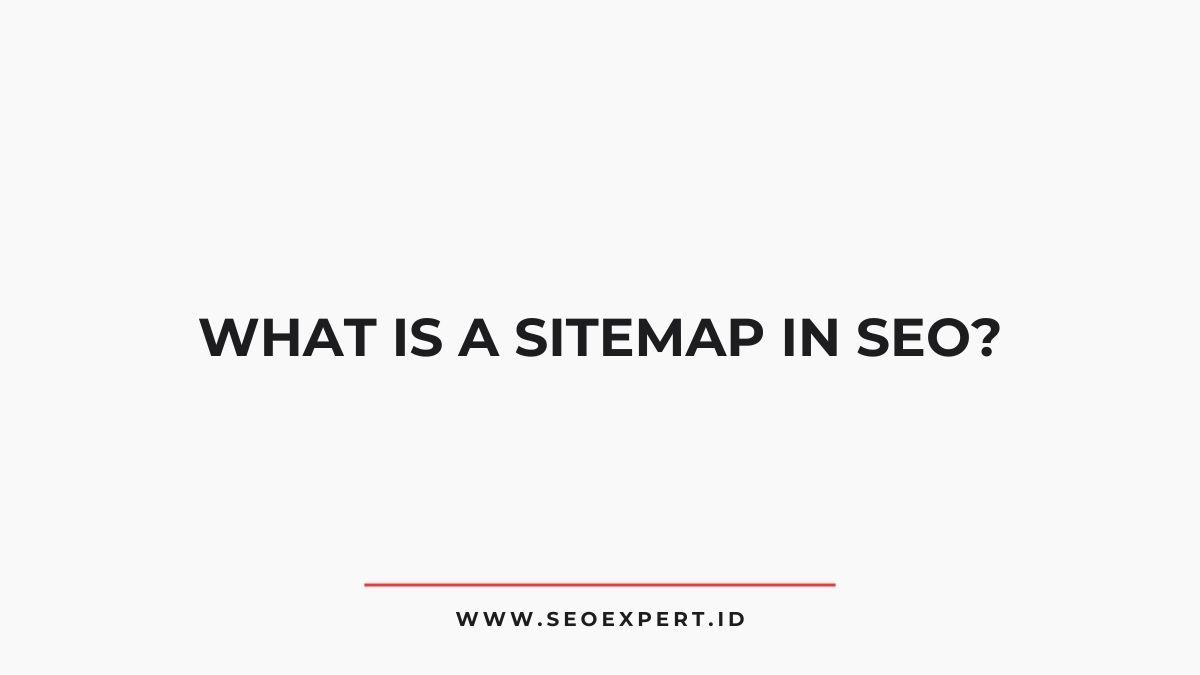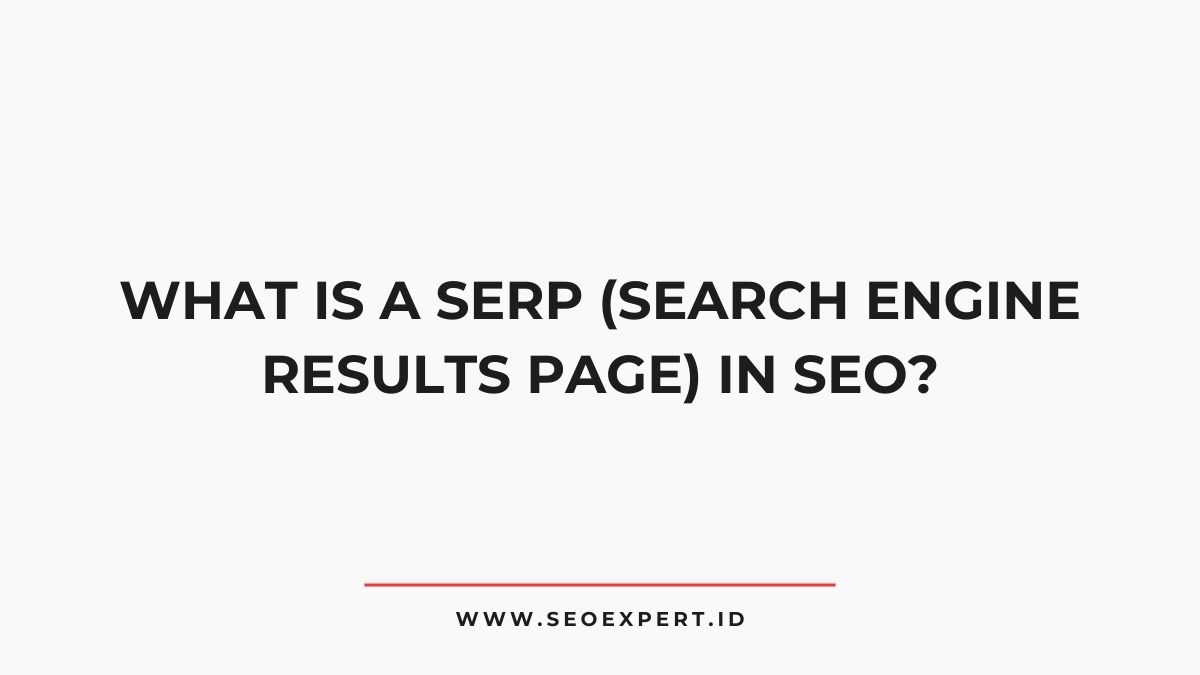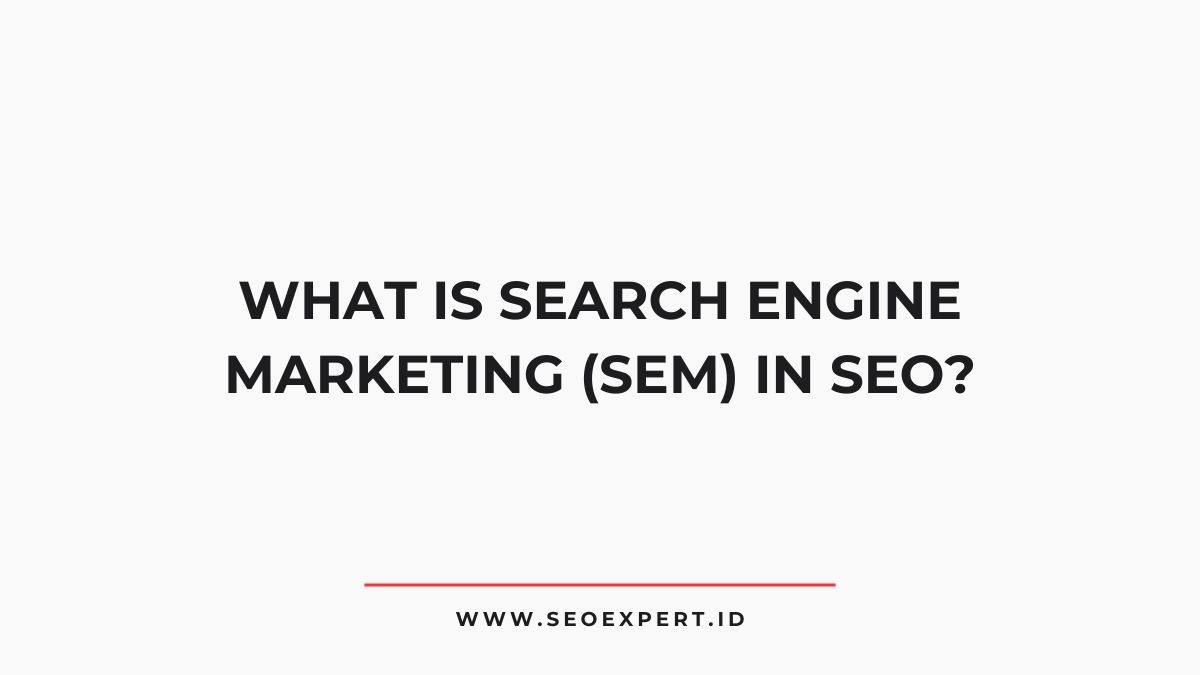Indexing in SEO refers to the method by which search engines catalog and store web pages in their databases.
Udemy
Whether you're just starting out or want to keep up on the latest SEO techniques, Udemy can help be the SEO Expert in no time.
Through the use of web crawlers, these engines discover content, analyze keywords, and assess site structures to organize information systematically.
This process is critical for enhancing visibility and ranking in search results. Various factors, such as site hierarchy and content quality, affect indexing effectiveness.
Further exploration reveals essential tools and strategies for optimizing indexing performance.
TL;DR
Hide- Indexing in SEO is the process of organizing web content for search engines to enhance visibility in search results.
- Search engines use algorithms to analyze content relevance, keyword frequency, and site structure during the indexing process.
- Well-indexed sites improve content accessibility, aiding in effective discovery and ranking for specific search queries.
- Factors like site structure, quality content, and crawl frequency significantly influence a site's indexing efficiency.
- Tools like Google Search Console and third-party applications help monitor and optimize indexing status for improved SEO performance.
Understanding the Concept of Indexing
Indexing serves as an essential mechanism within the domain of Search Engine Optimization (SEO), facilitating the organization and retrieval of web content. This process entails the systematic cataloging of web pages by search engines, enabling efficient access to information.
Indexing is crucial for SEO, allowing search engines to systematically catalog web pages for efficient information retrieval.
Indexing is predicated on algorithms that analyze various factors, including content relevance, keyword frequency, and site structure.
Each page undergoes scrutiny to determine its value and relevance to user queries. A well-indexed site enhances visibility, improving the likelihood of appearing in search results.
Furthermore, indexing is vital for maintaining a secure online environment, as it allows search engines to filter harmful or misleading content, thereby promoting user safety while traversing the digital landscape.
Understanding indexing is foundational for effective SEO strategies.
How Search Engines Index Web Pages
The process by which search engines index web pages involves a series of methodical steps designed to guarantee that content is accurately represented in search results.
Initially, search engines deploy web crawlers to discover and retrieve web pages through hyperlinks. Once a page is accessed, it is parsed to extract critical elements, such as keywords, metadata, and internal links.
This information is then organized within a database known as an index, where it undergoes categorization based on relevance and content type. Additionally, algorithms assess various ranking signals to determine the importance of the page.
This systematic approach assures that users receive safe and relevant information, ultimately reflecting the quality and trustworthiness of the indexed content when search queries are performed.
The Importance of Indexing for SEO
Effective indexing serves as a cornerstone for successful SEO strategies, as it directly influences how content is discovered and ranked by search engines. The significance of indexing transcends mere visibility; it establishes a framework for content organization and retrieval.
Key aspects of indexing for SEO include:
- Content Accessibility: Guarantees that search engines can efficiently access and interpret web pages.
- Relevance Ranking: Facilitates the determination of a page’s relevance to specific search queries.
- Crawl Efficiency: Aids search engine crawlers in traversing websites systematically, reducing the likelihood of missed content.
- User Experience: Enhances overall user experience by guaranteeing reliable and timely content delivery.
Understanding these elements underscores the critical role of indexing in optimizing digital presence and enhancing search engine performance.
Factors Affecting Indexing
The process of indexing is influenced by several critical factors, including site structure, content quality, and crawl frequency.
A well-organized site structure facilitates efficient navigation for search engine bots, while high-quality content enhances the likelihood of inclusion in the index.
Additionally, the frequency with which a site is crawled can greatly affect how quickly and thoroughly its pages are indexed.
Site Structure Importance
While various factors influence a website’s indexing, the importance of site structure cannot be overstated. A well-organized site structure enhances the ability of search engine crawlers to efficiently navigate and index content.
Key components of effective site structure include:
- Hierarchy: Clear organization of pages into categories and subcategories.
- Navigation: Intuitive menus that facilitate user and crawler access to important content.
- URLs: Descriptive and concise URLs that reflect the site’s structure.
- Internal Linking: Strategic links that connect related content, improving crawl efficiency.
A robust site structure not only aids in indexing but also enhances user experience, contributing to overall site safety and reliability in the digital landscape.
Content Quality Impact
Content quality greatly influences a website’s indexing efficacy, as search engines prioritize high-value, relevant content when determining page rankings. Key factors include originality, depth, and accuracy of information.
Original content enhances uniqueness, reducing the risk of duplicate penalties. Depth provides thorough coverage of topics, increasing user engagement and perceived authority. Accuracy is critical; factual information fosters trust with both users and search engines, ultimately affecting indexing success.
Additionally, well-structured content that employs relevant keywords naturally facilitates better comprehension for crawlers. Engaging multimedia elements can further improve user experience, indirectly boosting indexing potential.
To summarize, high-quality content not only meets user expectations but also aligns with search engine algorithms, guaranteeing improved visibility and indexing efficacy.
Crawl Frequency Considerations
Crawl frequency is a critical factor influencing how effectively a website is indexed, as it determines how often search engine bots revisit and analyze a site’s content. Several elements can affect this crawl frequency, impacting the overall indexing process.
- Content Updates: Regularly updated content signals relevance to bots.
- Site Structure: A well-organized site facilitates easier navigation for search engines.
- Server Performance: Fast-loading sites are more likely to be crawled frequently.
- Backlink Profile: Quality backlinks can enhance a site’s authority, prompting more frequent crawls.
Understanding these factors is essential for optimizing crawl frequency, thereby improving a site’s visibility and indexing efficiency.
Ensuring a secure and effective site environment fosters a positive relationship with search engine algorithms.
Common Indexing Issues and Solutions
What factors contribute to common indexing issues in SEO? Several technical barriers can impede a website’s visibility in search engine results.
These include improper use of robots.txt files, which may inadvertently block search engine crawlers, and the presence of canonical tags that misdirect indexing efforts.
Improperly configured robots.txt files and misused canonical tags can inadvertently hinder search engine indexing efforts.
Additionally, websites with excessive redirects or broken links can confuse crawlers, leading to incomplete indexing.
Duplicate content is another critical issue, as it can dilute a site’s authority and hinder effective indexing.
Solutions involve thorough audits of site architecture, ensuring proper directives in robots.txt, and utilizing canonical tags correctly.
Regular monitoring of site health, along with fixing broken links and optimizing content, can greatly enhance indexing efficiency and improve overall SEO performance.
Tools to Check Your Website’s Indexing Status
To assess a website’s indexing status, various tools are available, with Google Search Console being a primary resource.
This platform provides critical insights into how Google views a site, including indexing coverage and potential issues.
Additionally, third-party tools can supplement this analysis by offering alternative metrics and reports, enhancing a webmaster’s ability to monitor and optimize indexing performance.
Google Search Console
Google Search Console serves as an essential tool for webmasters and SEO professionals to monitor and analyze the indexing status of their websites.
By providing critical insights into how Google perceives a site, it enables users to optimize their indexing efforts effectively.
Key features include:
- Index Coverage Report: Displays which pages are indexed or encounter issues.
- URL Inspection Tool: Allows real-time testing of individual URLs for indexing status.
- Sitemaps Submission: Facilitates the submission of sitemap files, guaranteeing better crawling.
- Mobile Usability Report: Identifies mobile-specific indexing issues, enhancing overall accessibility.
These functionalities not only guarantee that websites are indexed correctly but also provide actionable data for improving site visibility and performance in search results.
Ultimately, this contributes to a safer and more effective online presence.
Third-Party Tools
While Google Search Console provides a robust framework for monitoring indexing status, webmasters often benefit from additional insights offered by third-party tools.
Tools such as Screaming Frog SEO Spider and Ahrefs allow users to conduct thorough site audits, identifying pages that may not be indexed or are experiencing issues. These tools analyze site architecture, crawl depth, and canonical tags, offering a granular view of indexing potential.
Additionally, SEMrush and Moz provide valuable metrics on keyword performance and page visibility, aiding in the identification of indexing discrepancies.
Through utilizing these third-party resources, webmasters can enhance their understanding of a website’s indexing status, ensuring that all pages are optimized for search engine visibility and maintaining overall website safety.
Best Practices for Ensuring Effective Indexing
How can website owners guarantee that their content is indexed effectively by search engines? Effective indexing is vital for visibility and accessibility.
To enhance indexing practices, website owners should consider the following best practices:
- Create a Clear Sitemap: Developing a detailed XML sitemap guarantees search engines can discover all important pages.
- Optimize Robots.txt: This file should clearly instruct search engines on which pages to index and which to exclude, safeguarding sensitive content.
- Utilize Canonical Tags: These tags prevent duplicate content issues, guiding search engines to the preferred version of a page.
- Monitor Indexing Status: Regularly check Google Search Console for indexing errors and rectify them promptly to guarantee peak performance.
Wrapping Up
In summary, indexing plays a pivotal role in the domain of SEO, serving as the gateway for search engines to access and rank web content.
Remarkably, approximately 70% of web pages are never indexed, highlighting the critical need for effective indexing strategies.
By understanding the intricacies of indexing and addressing common issues, website owners can greatly enhance their visibility in search results, ultimately driving more organic traffic and improving their overall online presence.
